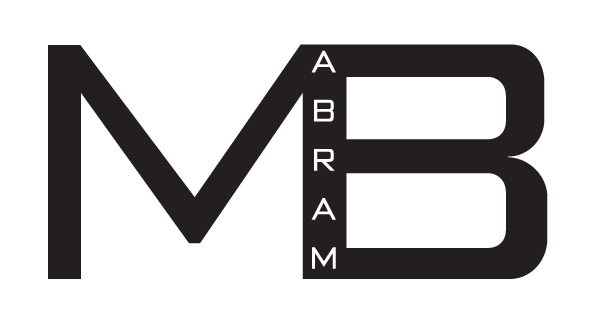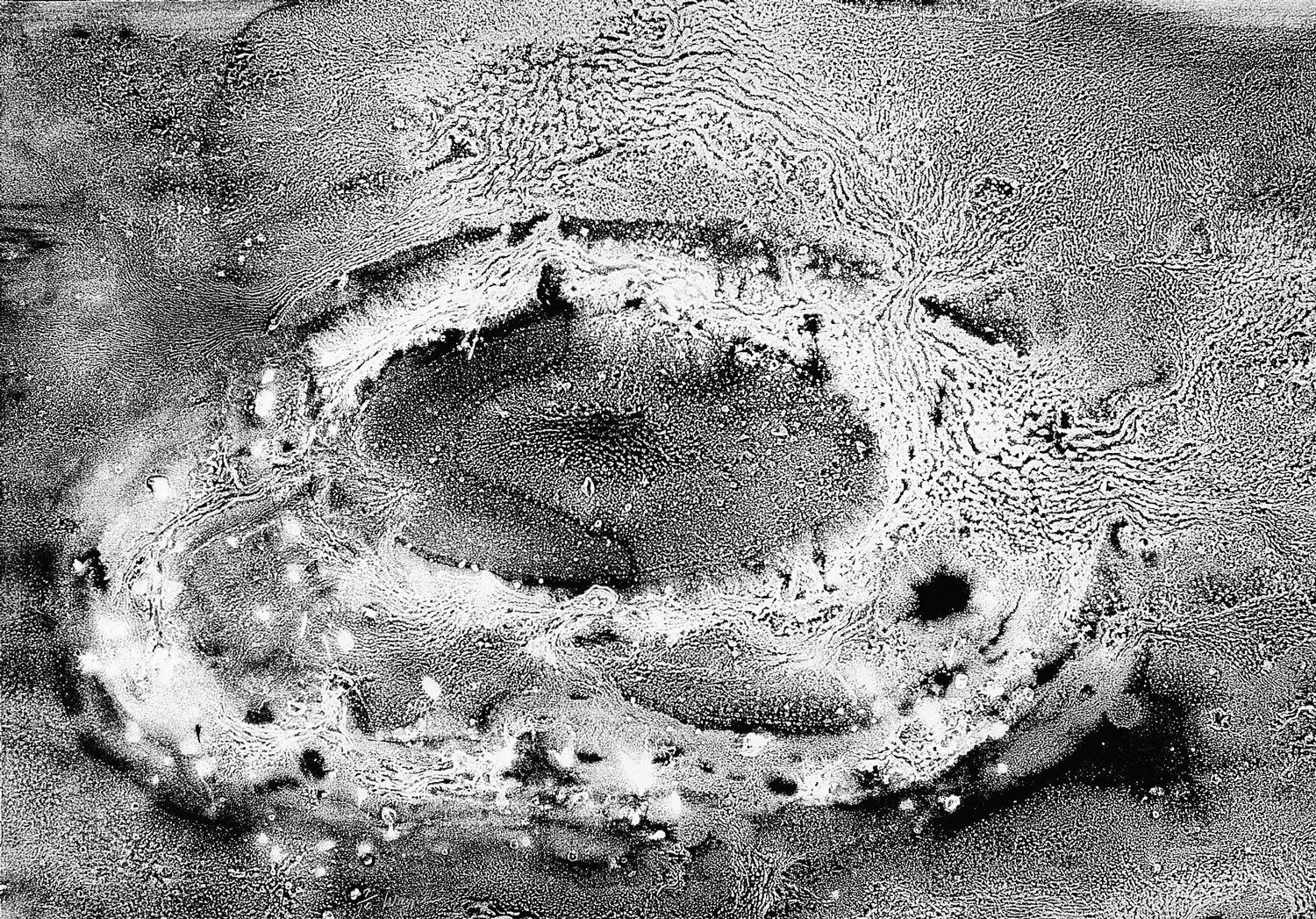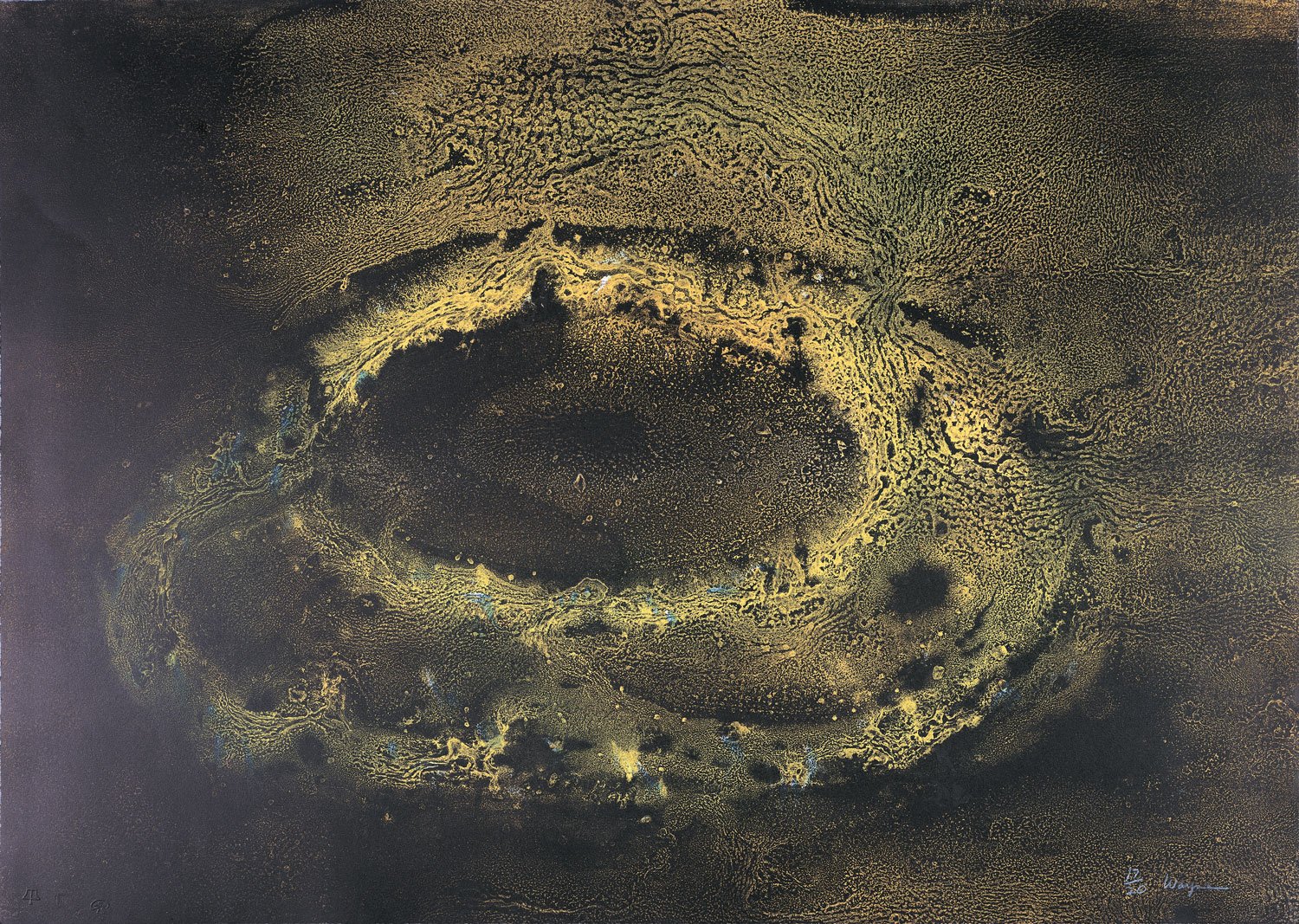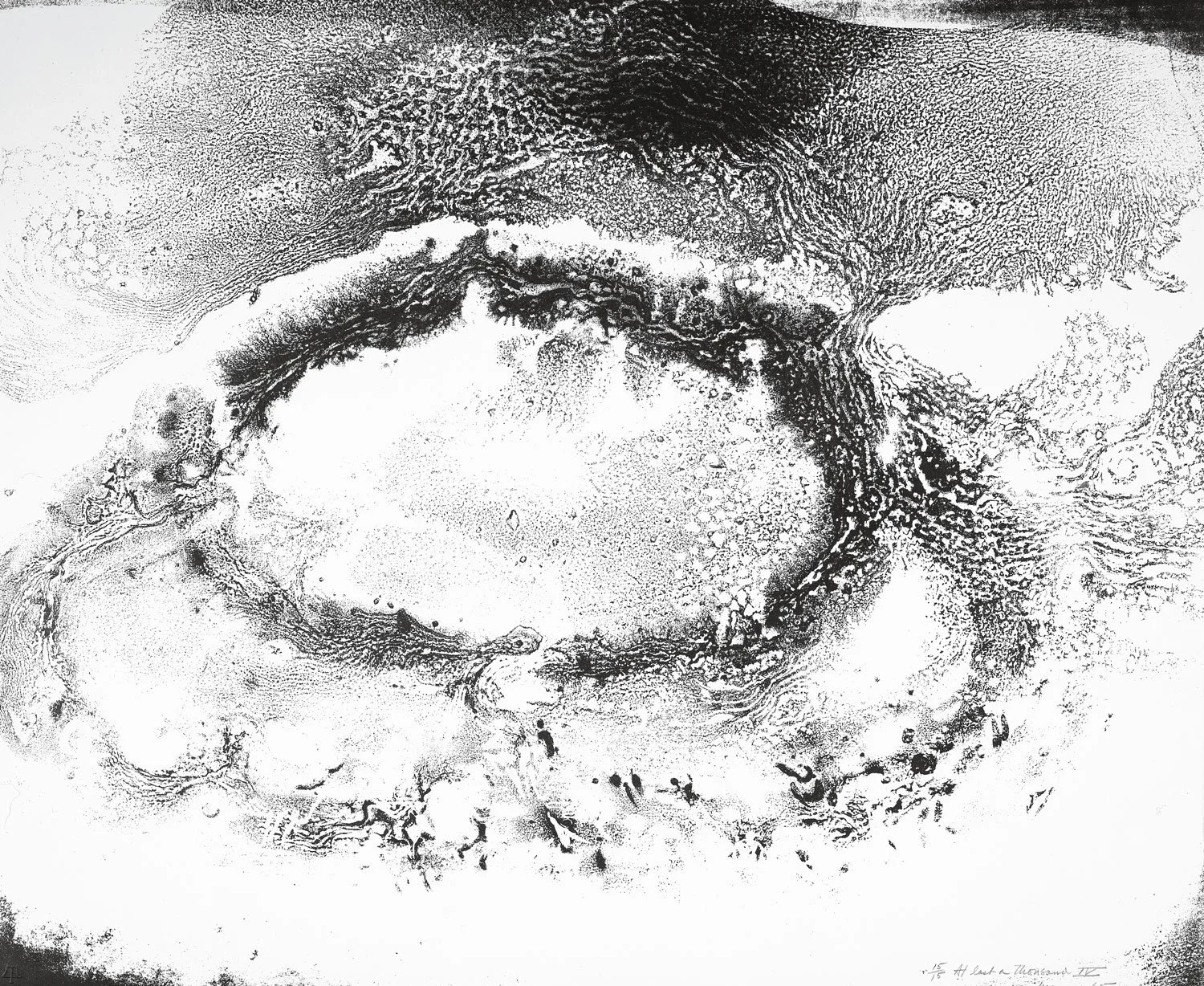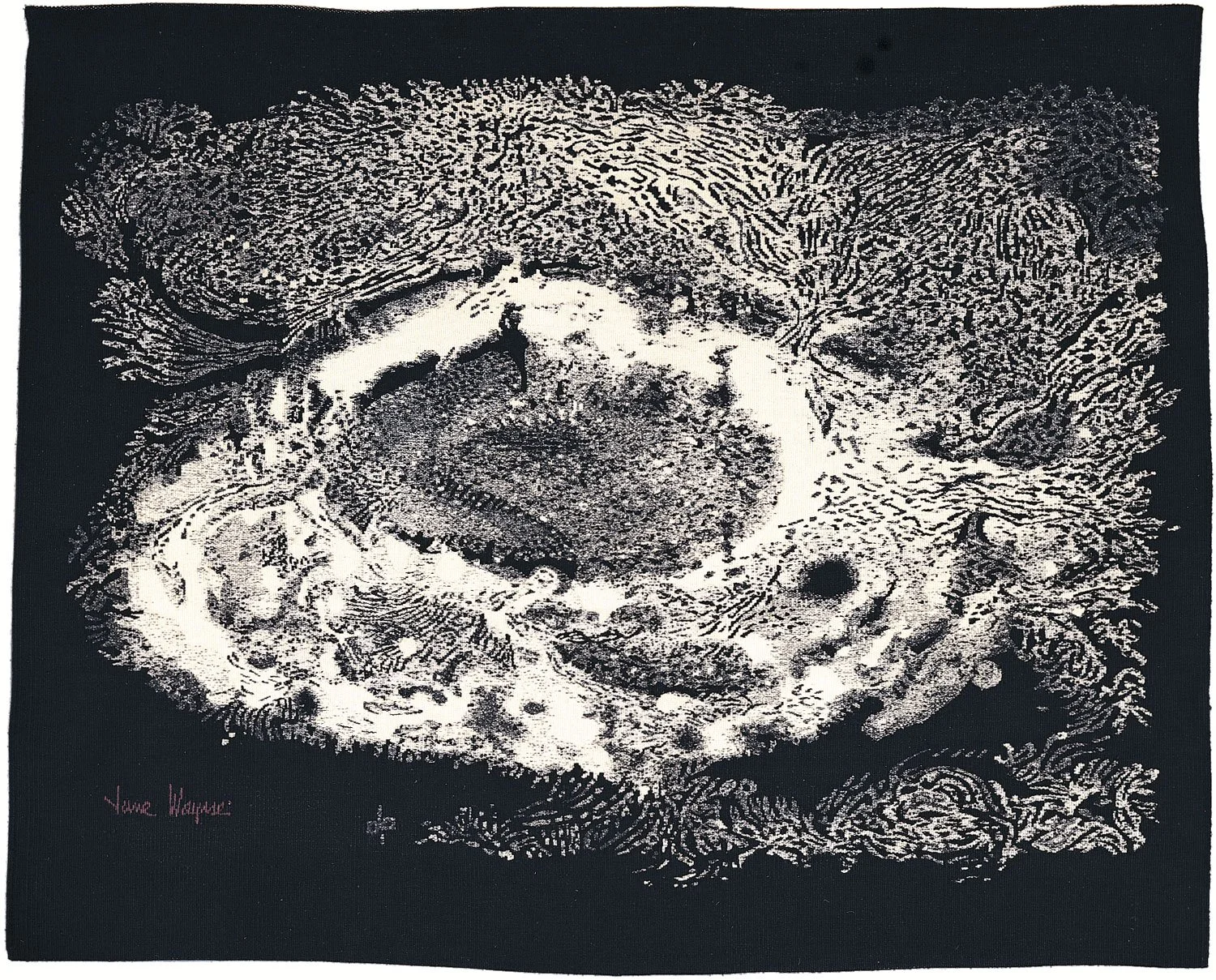JUNE WAYNE・Art + Science
The Terrestrial Works
Physics
“Wayne made more lithographs in 1958 than in the entire decade she was running Tamarind. For despite the proximity of able printers, her own art had to take second place… But when Tamarind reached its 999th lithograph, Wayne commemorated the next number in At Last A Thousand with a turbulent image suggesting an atomic explosion. She developed it over four subtly adjusted states—fiery, darkly menacing, glowing and blanched as in the final, blinding moment—with a group of frantic lemming people—another of her Tamarind themes, visible at the fringes of the cataclysm.”
“The title [Up, Down, and Strange] refers to particles within the atom, about which Wayne had conversed with the distinguished physicist Richard Feynman.”
“This tapestry is based on the quartet of Wayne’s lithographs published by tamarind on 1965 in honor of its thousandth edition. ‘I feel that when I have made an image, it’s mine. It’s part of my vocabulary, and I re-visit it until I have exhausted its possibilities. If you compare the litho with the tapestry, you cannot help but note how different they are from each other, yet how much alike. The individual texture that makes up the visual events in the tapestry are very different from the ones in the litho. At the same time, those textures are integral to the tapestry.”
“Near Miss features two spheric forms—halves of an atom bomb—drawn in litho crayon within an ovoid atmospheric field under which lemming-like creatures—“knockout” mice—emerge and recede. She begins with one isometric vanishing point and finishes with multiple views and horizons.”
